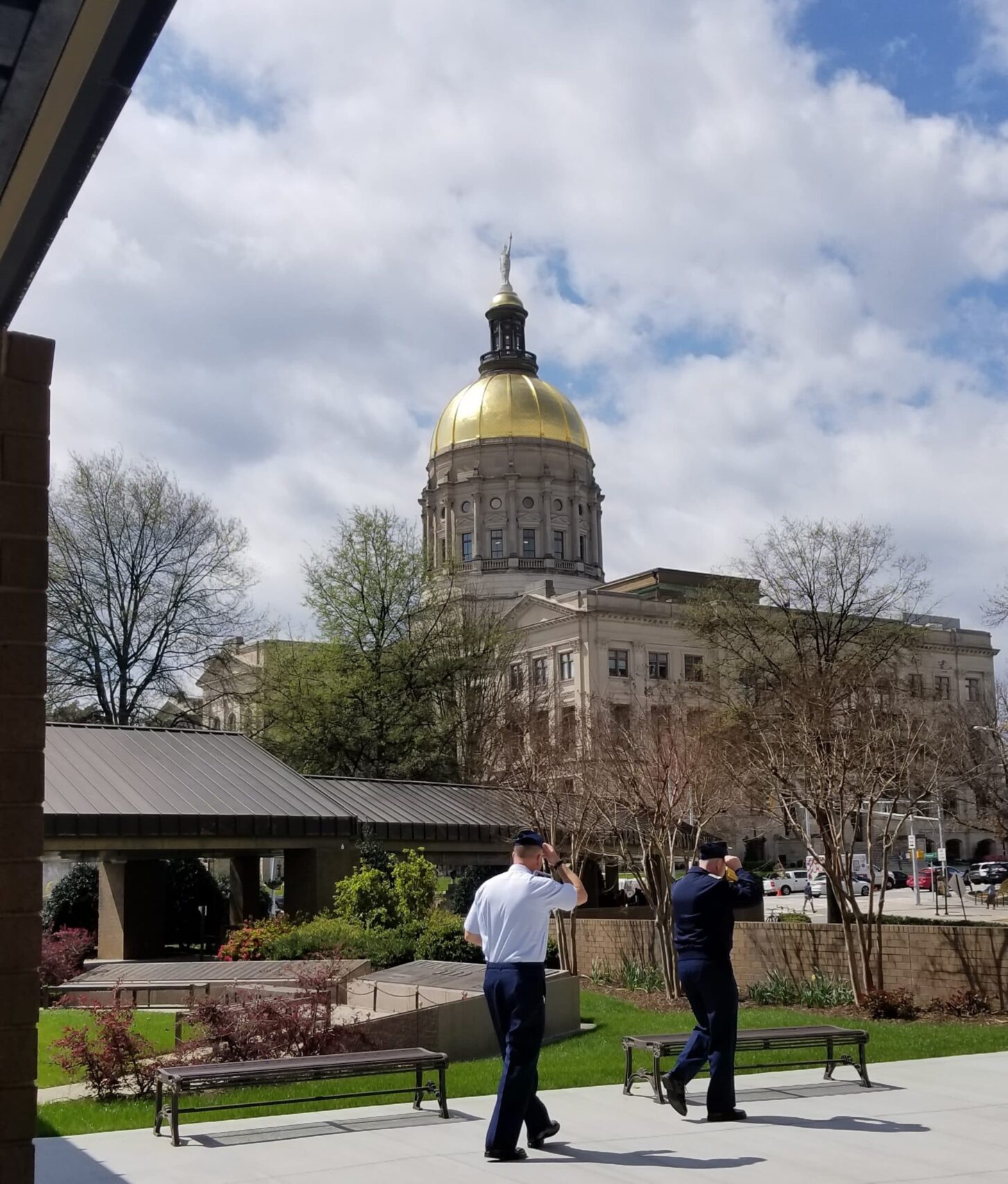
The state of Georgia is required by law to have a balanced budget. Ahead of the new fiscal year on July 1, the Legislature faced difficult choices because of COVID-19-related decreases in state tax revenue.
One of the most contentious aspects was whether the state should trim various tax breaks currently offered for a range of activities, including selling mobile homes or spending money on research. The Senate Finance Committee approved a measure that would have reduced about three dozen tax breaks by a total of roughly $200 million. The Senate Rules Committee, meanwhile, proposed a 10% across-the-board reduction in all tax breaks, matching the anticipated reduction in overall state spending. Neither measure passed the full Senate.
Some legislative leaders argue that reducing tax subsidies will cost jobs. Unfortunately, such thinking displays a poor grasp of economics. What if, instead of singling out any specific existing tax credit, Georgia had a credit that offered large subsidies for building giant peaches throughout the state? Such a credit might well increase the number of people employed in giant peach construction, so it would seem to create jobs. If the subsidy were generous enough, we’d probably see Georgia’s highways lined with giant peaches. Take that, upstate South Carolina!
What is overlooked, however, is that the funds to subsidize giant peach construction must come either from having taxes higher than they would otherwise be, or from spending less than otherwise possible on other government programs – say, the maternal mortality initiative that became a high priority in the Legislature.
To be fair, some tax subsidies can be justified. But if taxes are higher than they would otherwise be, that leaves less income available for people to spend on other activities that also create jobs. Those jobs would be much less visible than giant peach construction jobs; they’d probably be spread across the state and across various industries. A lost job here and there – spread out across the state – is hard to notice, but taking a few dollars from each Georgian to funnel to the giant peach industry means some jobs will not exist because of higher taxes.
Alternatively, the giant peach subsidies could be funded not by net new taxes but from changes in government services. Again, the subsidies would come with a loss of jobs. It’s just that those jobs would be government employees. Those lost jobs might be dispersed and difficult to see – perhaps a reduction in state troopers, public health officials or university system employees scattered across many locations around the state – but they would they would still be lost as a result of the giant peach subsidy.
Readers familiar with 19th-century French economist Frederic Bastiat or American economist Thomas Sowell will recognize that the dubious claim that cutting tax credits will cost jobs is what Bastiat refers to as “that which is seen and that which is unseen” and Sowell refers to as “thinking beyond stage one.” Tax credits are not a free lunch even if they benefit politically favored industries or activities.
The giant peach example is, of course, whimsical, but the same thinking about “lost jobs” applies when it comes to refusing to trim or eliminate existing tax subsidies. The jobs that seem to be created are easy to see but they come at the cost of jobs elsewhere that are harder to see.
Having higher taxes than otherwise to fund subsidies means people have less to spend on other activities, which means fewer jobs in those other areas. Or, perhaps more relevant in the current budget environment, maintaining subsidies by cutting expenditures elsewhere means state layoffs or furloughs which also cost jobs.
Tax credits don’t spring from the ground like mushrooms or appear in the air like pixie dust. Some might be worth maintaining, but all come with tradeoffs.